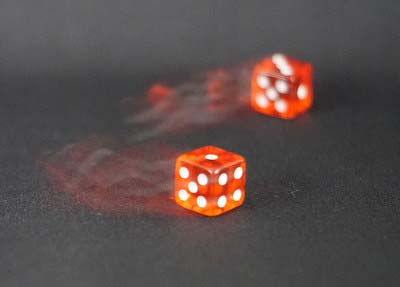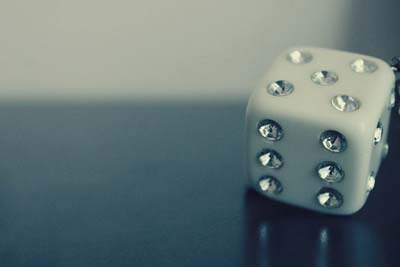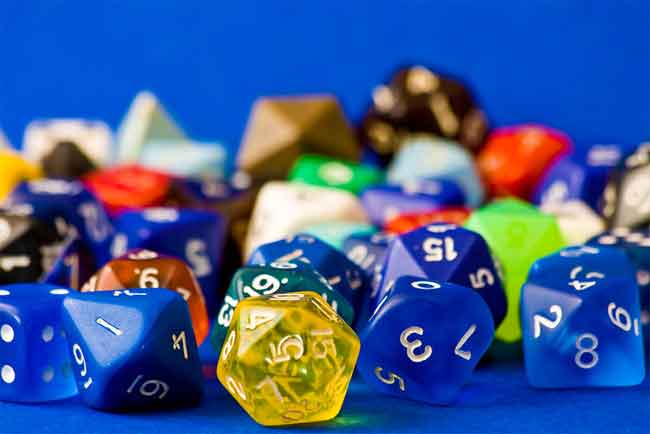Sometimes we cannot give a clear answer to a question when someone asks us, like if someone asks you how many times I roll a die to get every number?
What will you answer? Because when rolling a die, there are equal chances of appearing every number. Maybe the same number appears again and again when you die a roll.
A die has six sides, and the minimum number that we need to roll is six; we require a minimum of six times to roll a dice if we want to see every number one time. But what is the maximum number? There is no maximum limit.
Maybe you roll only six times, or perhaps you need to move a die for twenty times to see every number.
How can we solve that problem?

If you want a solution to that problem, you will need to calculate the Geometric distribution. When a series of trials that we are performing do not depend on each other, and each time we make a trial, there are equal chances of occurring the same result.
Then for calculating the number of total trials, we need to observe the Geometric distribution. Our scenario relating to rolling a die to view each number relates to that condition because there are equal chances of each number when we roll a dice.
Coming back to our problem, when the first time we die a roll, we will get a certain number out of these six numbers, so the probability for the first time is 6/6=1.
Now when you roll a die for the second time, then probability becomes 5/6=1.2.
The third time when you roll a die, then there is a probability which is 4/6= 1.5
At the fourth roll of a die, the probability for the numbers becomes 3/6= 2.
When you roll the die for the fifth time, then the probability will be 2/6= 3.
The last and sixth time you roll the die, you will get the probability as 1/6=6.
To calculate the number of the roll for the die, just add all the expected probabilities; you will get the rolls.
When adding, the results are as given below.
1st result+2ND result+3rd result+4th result+ 5th result + 6th result= number of rolls
1 + 1.2+1.5+2+3+6= 14.7
So from the above result, we get the answer that if we roll a die 15 times, we will see each side minimum for one time, based on taking averages of all the probabilities.
It is not the exact answer, but we always use mathematical ways to solve numerical problems. According to math or statistics rules, you will need to roll a die fifteen times to see each number.

Final Thoughts:
A die has six sides, so a minimum number to see each number is six, but there is no exact number of rolls to see each side. But mathematical and statistical rules help us to calculate the Geometric distribution method to calculate numbers.
